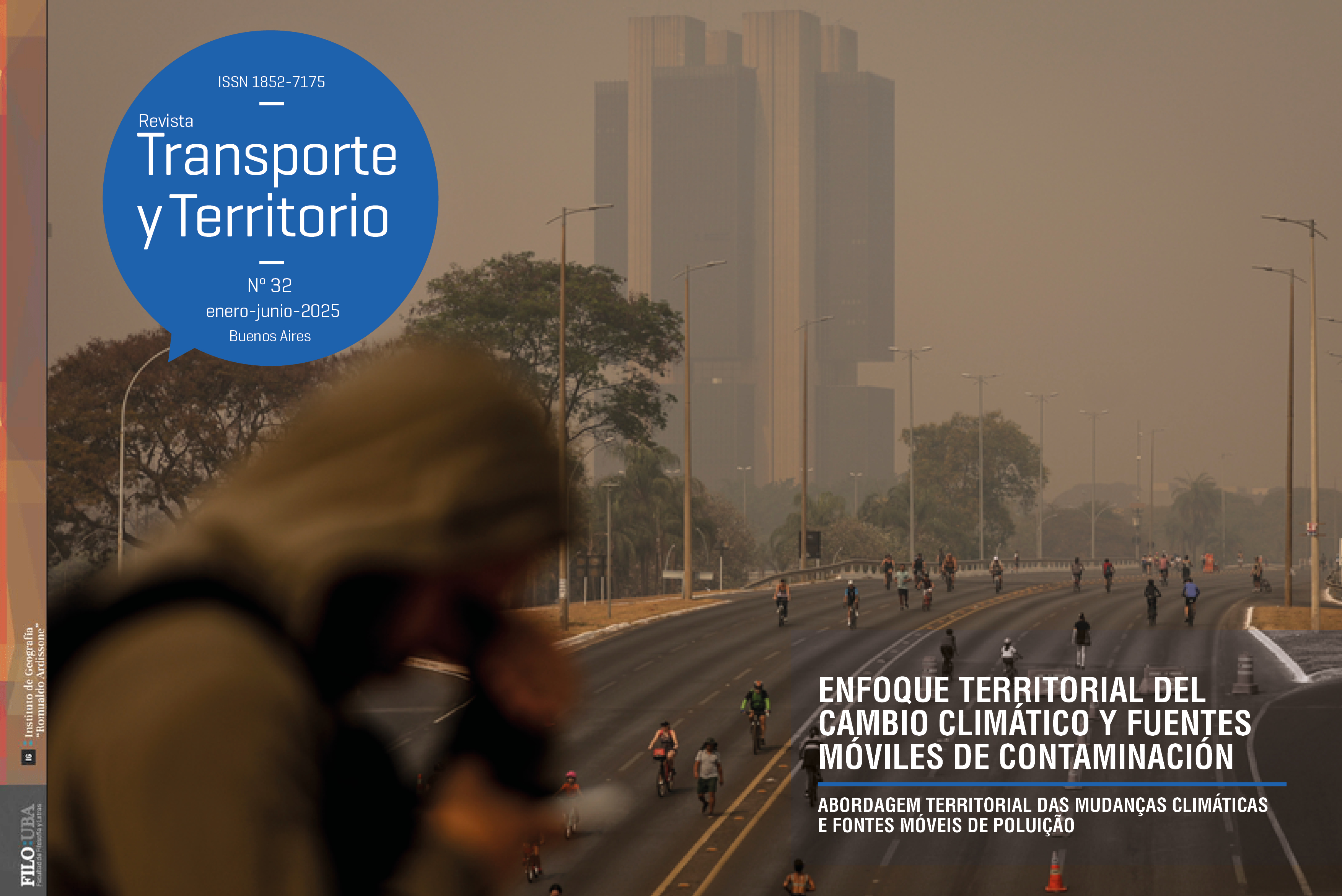Dimensión socioespacial de la inmovilidad urbana: una mirada desde el teletrabajo
Resumen
El texto tiene como objetivo explorar la dimensión socioespacial de la inmovilidad urbana favorable para la permanencia en el espacio y espera en el tiempo a partir de una actividad concreta: el teletrabajo. Para lograrlo se identifican las actividades laborales con mayor potencial para el teletrabajo y se vinculan con los impactos positivos y favorables de la inmovilidad en el desarrollo de las ciudades, sobre todo porque los viajes al trabajo son el principal motivo de viaje en las grandes ciudades mexicanas. El universo de estudio comprende las 14 zonas metropolitanas millonarias de México. El periodo de estudio es 2019-2023. Los resultados califican el potencial de inmovilidad voluntaria, como el número de trabajadores asalariados que tienen las capacidades, las habilidades y laboran en actividades que permiten realizar teletrabajo. La investigación contribuye al avance de los estudios de accesibilidad urbana, desde la mirada de la relación de limitación y distribución desigual de acceso a la inmovilidad por teletrabajo, como una alternativa positiva que favorece lograr ciudades más sostenibles y amigables para sus habitantes.Descargas
Derechos de autor 2025 Iván Vilchis Mata, José Antonio Álvarez Lobato, Armando Trujillo Herrada, Carlos Garrocho Rangel

Esta obra está bajo licencia internacional Creative Commons Reconocimiento 4.0.

1.jpg)

3.png)























